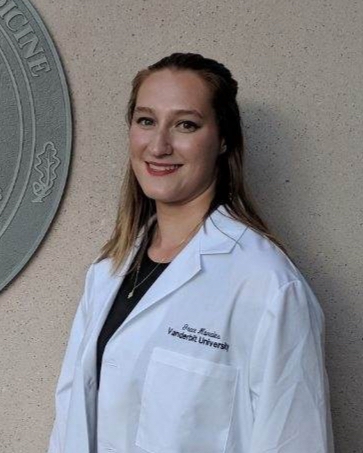Grace Morales
Clostridium difficile is a gram-positive, spore-forming anaerobe, and a leading cause of nosocomial infection in the United States. The infection is dependent on the secretion of one or more AB-type toxins: toxin A (TcdA), toxin B (TcdB), and the C. difficile transferase toxin (CDT, or binary toxin). While TcdA and TcdB are considered the primary virulence factors, multiple studies suggest that CDT increases the severity of CDI. While the mechanism of how CDT contributes to disease is unclear, there are reports that suggest roles for CDT in epithelial cell remodeling and inflammasome activation. This work will define the cell types targeted by CDT and the consequences of CDT intoxication in the context of infection. Training in chemical biology will drive the generation of innovative reagents (ex. toxins with site-specific crosslinkers, fluorescent reporter constructs, cellular probes, and nanobodies) for addressing fundamental questions about CDT function. A better understanding of how CDT contributes to disease is expected to guide vaccine development and therapeutic strategies.
Mentor: Borden Lacy, Ph.D.
